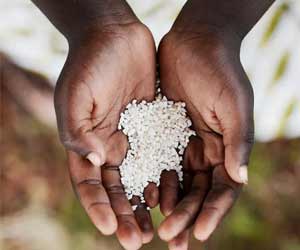Early intervention of this disorder is the key and it depends on clinical presentation whether it should be called thalassemia minor, major, or intermediary, she added.
She said those with thalassemia major are easy to be detected but after a certain life span, they couldn’t survive. But, problem in identification comes with those having thalassemia minor, and it goes undetected many times, added Dr Chadda.
World Thalassemia Day
She said that basic CVC and PS are two important measures for this disorder. In those having thalassemia major, the level of haemoglobin remains at lowest range while in minor it stands at lower range. “Thalassemia carriers are offered protection against severe malaria because the parasite is unable to survive in the defective red blood cells,” she added.
“Minor thalassemia means the person infected are the carrier and they don’t have active manifestation of this disorder,” said Dr Archna Dhawan Bajaj, Delhi-based gynaecologist. She added that in the case of major thalassemia, it is inherited from both genes – mother and father results into multiple blood transfusion and lowest level of haemoglobin.
“Knowing thalassemia status at the time of pregnancy is must. If mother is normal, there is no need to follow up further. But, if mother is diagnosed with thalassemia minor, then father’s status must be diagnosed. If father is also diagnosed with thalassemia, there is a possibility that child could inherit this disorder. If child takes from one gene, it would be thalassemia minor or carry from both side, it will be thalassemia major,” she said.
Talking about the more prevalence of this disorder in north India, she attributes the reason of large scale of migration into the region from Central Asia where also it has the higher level of prevalence.
Source: IANS



